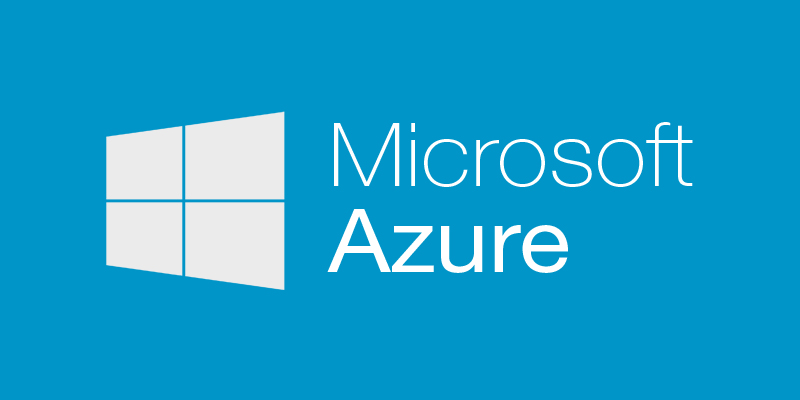Qualcomm Enters Server Market With 10nm Centriq 2400 Chips, Wins Microsoft As First Big Customer
Microsoft will begin to use Qualcomm’s recently announced 10nm 48-core Centriq 2400 server chips in its data centers. The move solidifies the partnership between the two companies, after Microsoft had already announced that Qualcomm’s chips will be able to run the full Windows 10 OS later this year.
ARM-Powered Cloud
There have been several attempts at bringing ARM server chips to the cloud so far. One of the first was Calxeda, which was purchased by AMD, but then the company’s ARM plans for the server market got cancelled. Samsung and Broadcom had also started working on their own ARM-based server chips, but they eventually decided to stay out of the market.
Right now, only Cavium and Applied Micro seem to have persisted as the more important players in the market, but their chips have suffered from coming out on last-generation processes, which made it difficult for them to compete with Intel’s Xeon.
Things could soon change with Qualcomm entering the server market with its own ARM-based chips. Qualcomm has deep experience with ARM chips, and it’s a natural progression for the company to go from the consumer market to the server market. However, that experience is not the only thing Qualcomm will bring to the ARM server market--its utilization of a cutting-edge 10nm process is key, too.
This will enable Qualcomm’s Centriq 2400 to be significantly more competitive than other ARM chips against Intel’s Xeon chips. Whether the chip design itself will prove to be competitive remains to be seen, as the company hasn’t revealed too many details about it yet. However, it seems that Microsoft is impressed enough to give it a try.
The Microsoft Partnership
Qualcomm said that it has worked with Microsoft on an ARM-based server chip for the past few years, in order to optimize it for the Windows Server software stack. The fact that Qualcomm’s Snapdragon 835 will be able to run all Windows programs starting this fall is likely not a coincidence, either. The two companies must have worked together to ensure that Windows programs work across the board on Qualcomm’s chips, which include both the consumer and the server versions.
Qualcomm’s Centriq 2400 server chip fits into a standard 1U system, and it can be paired with compute accelerators, multi-host NICs, and NVMe SSD drives. Qualcomm has also submitted its server specifications to the Open Compute Project (OCP), an organization whose purpose is to enable the sharing of data center product designs between its members. The company is now a Gold Member of the OCP organization, as well.
Get Tom's Hardware's best news and in-depth reviews, straight to your inbox.
According to Qualcomm, the Centriq 2400 Open Computer Motherboard server specification is based on Microsoft’s Project Olympus, an open source hyperscale cloud hardware design.
“Microsoft and Qualcomm are collaborating with an eye to the future addressing server acceleration and memory technologies that have the potential to shape the data center of tomorrow," said Qualcomm.“Our joint work on Microsoft Windows Server and the board design compatible with Microsoft’s Project Olympus is an important step toward enabling Microsoft’s cloud services to run on Qualcomm-based server platforms,” added the company.
Qualcomm said that the Centriq 2400 Open Compute Motherboard will be on display at Microsoft’s booth A4 at the 2017 Open Computer Platform U.S. Summit in Santa Clara, on March 8 and 9.
Lucian Armasu is a Contributing Writer for Tom's Hardware US. He covers software news and the issues surrounding privacy and security.
-
InvalidError I wonder what sort of dent AMD will make in the server market with Naples which seems poised to offer about double the performance per buck and performance per watt as Intel's current Xeons. That could be somewhat of a setback for aspiring ARM-based server chip designers.Reply
Full-blown Windows coming to ARM could make things interesting a few years from now should x86 stagnate again on pricing and performance. -
CoachAub I too wonder how this will play out with AMD becoming competitive again with Naples. This should be an interesting year as these things come to fruition. We've heard this a lot lately, but competition is good.Reply -
costeakai this is the most important thing in the it world, since the beginning , the genesis: full windows x86 software stack , running great on ... arm chips ! both for consumers and enterprise ... this has got to shake every it software/hardware foundation to the grownd !Reply
